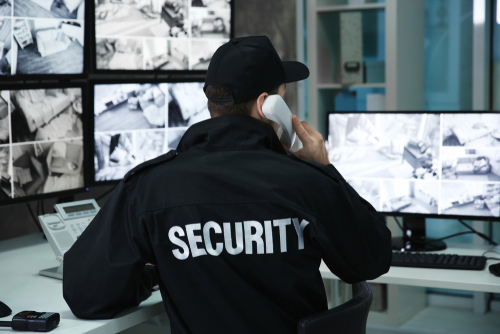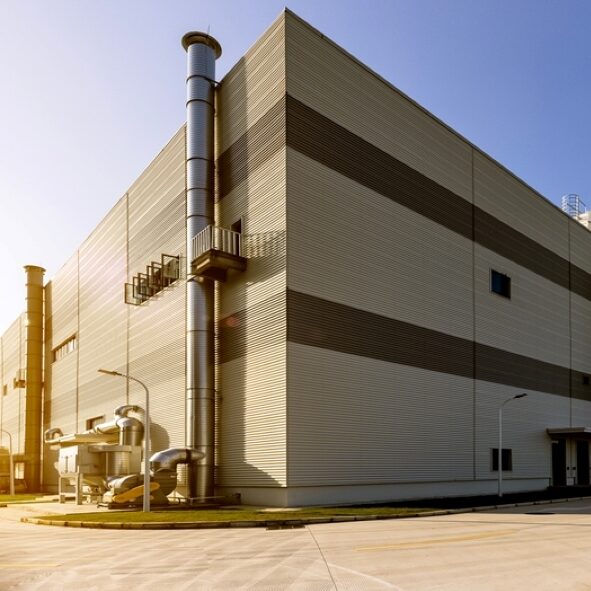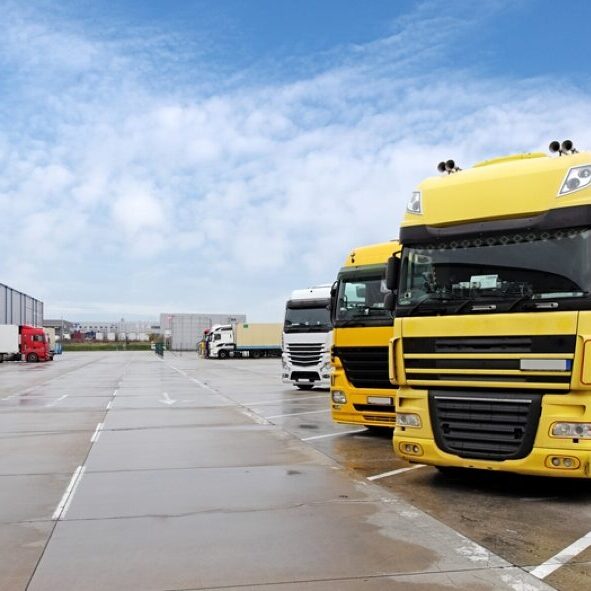Let’s Strengthen Nighttime Security at Factories
At many factories, it is common to use surveillance cameras and security guards to ensure safety. However, due to staff shortages and rising labor costs, there are some cases that the traditional approach to security now faces limitations.
By adding security sensors and burglar alarm system to the existing system, it is possible to achieve more effective nighttime security.

For example, sensors can automatically detect intrusions and immediately notify security staff or managers. As a result, security guards do not need to patrol the premises as frequently, allowing a smaller team to maintain security efficiently. In addition, there is no need for guards to constantly monitor surveillance camera footage, which helps reduce their workload. The combination of automatic detection and instant notification provided by sensors makes it possible to maintain a high level of security even with a limited number of staff.
Current Situation and Challenges in Nighttime Security
Current Security Setup
In many factories, security mainly relies on checking footage from surveillance cameras and having security guards conduct patrols and respond to incidents.
Common Issues
- Missed incidents on camera footage or cameras used only for recording, making real-time response on-site difficult
(Especially in large areas, it is easy to miss suspicious people or activity.) - Delays in initial response due to mechanical troubles.
How Security Changes with the Introduction of Security Sensors
Automating “Detection and Notification”
Sensors can instantly detect intruders and automatically display live surveillance camera footage on security room monitors or send alerts to a smartphone app. They can also activate alarms or flashing lights to immediately notify security personnel of any unusual situation.
With this system, it becomes possible to respond quickly and reliably to any incident, greatly improving safety and peace of mind.
Responding to Not Only Images, but Also Physical Emergency
While cameras mainly record images, sensors can actually detect abnormal conditions.
Examples of Combining Each Component:
1. Sensors (First Line of Defense):
Sensors are installed at main entrances or along fences to detect any intrusion onto the premises. If something unusual is detected, an alarm or notification is sent out at once.
2. Surveillance Cameras (Second Confirmation):
When a sensor detects an intruder, the cameras system can automatically display live footage on the security room monitor or on a security guard’s smartphone. This enables security personnel to check the situation right away from their current location.
3. Security Guards (Third Response):
Security guards, after receiving an alarm, notification, or checking the camera footage, will rush to the scene if needed to investigate and take appropriate action. They can address situations early, reducing the risk of larger incidents.
Main Benefits of the ``Three-in-One`` Approach
| Main Role | Benefit | |
|---|---|---|
| Camera | - Video recording - Remote monitoring | - Evidence storage - Wide-area surveillance |
| Sensor | - Emergency detection - Instant alarms | - Immediate response - Detection of intruders in camera blind spots |
| Security Guard | - On-site response - Decision-making - Flexible action | - Initial response - Situation assessment |
By linking “detection (sensor) → monitoring (camera) → action (security guard),” it is possible to achieve more reliable and efficent nighttime security.
First Step in Implementation: Designing the Optimal Combination Flow
- Start by identifying and organizing the areas of your factory that you want to protect and points of concern.
- Assign specific roles to security guards, surveillance cameras, and sensors.
For example, you might use cameras to cover a wide area, sensors to quickly detect intrusions, and security guards to check and assess the situation on-site. By making use of the strengths of each, you can create a more reliable security system. - After implementation, regularly conduct training for coordination between security guards and the system, as well as periodic inspections. This will help you continuously maintain and improve safety and effectiveness.
OPTEX Case Studies for Industrial Site
Summary
By adding sensors to the traditional combination of surveillance cameras and security guards, nighttime security can become even safer and more efficient. As many factories face staff shortages and rising labor costs, as well as a growing need for increased security awareness, now is the perfect time to take a step toward “a advanced approach to factory security” that combines the strengths of all three measures.
Contact OPTEX
Please feel free to contact us for further information.
We are always eager to support you and propose a solution that suits your needs.


